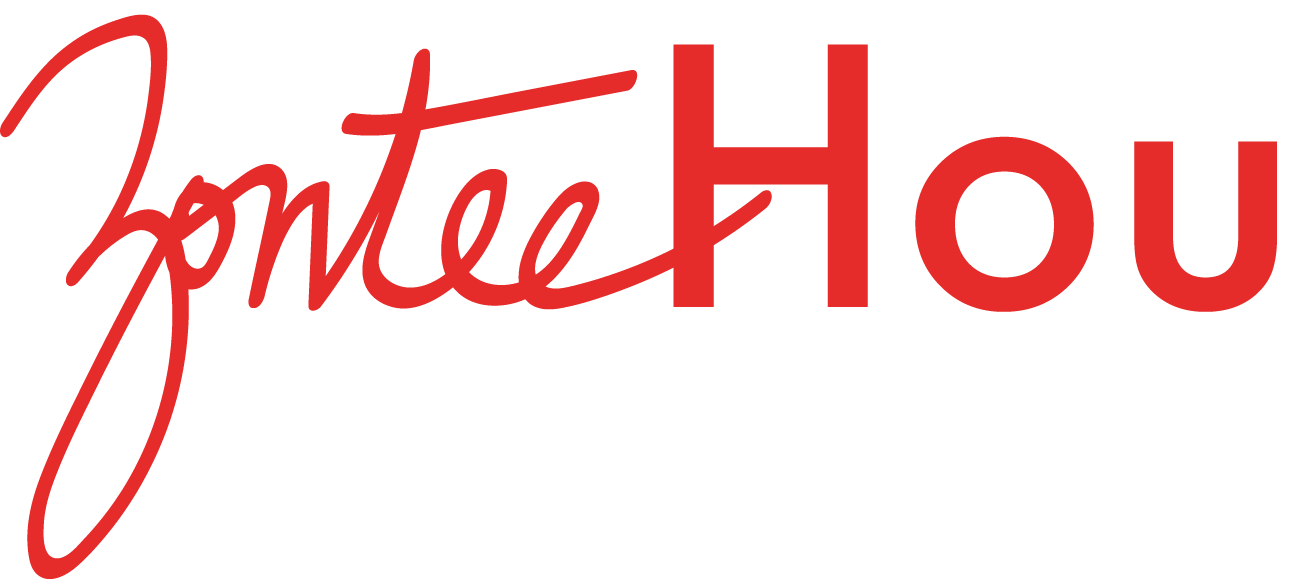Lessons from the Road: 3 Important Ideas for Marketers
This past fall, I traveled all over the country to Orlando, Cleveland, Buffalo, Fort Lauderdale, Fargo, and Austin—mostly for business, but I also got some family time in there as well.
As a professor, as well as a marketing consultant, I often find myself looking to my experiences for examples and case studies to share with my students and clients. Here are three from my fall travels.
Make it Easy and Fun for Employees to Showcase Culture
While I was in Austin, I visited my brother at the Indeed offices, and I was struck by their great usage of the Inside Indeed social media accounts (Facebook, Twitter, Instagram) to showcase corporate culture, fun, and personality. I also loved the way they showcased some of that fun through digital displays around the offices. It’s a great way to encourage employees to showcase their everyday experiences.
I often talk to clients about how they can build cultures of advocacy within their organization, and I believe it’s about empowering your employees to let them tell their stories in their own ways.
Create Learning Opportunities for Everyone in the Crowd
I gave workshops in several different cities this fall, and at one, I was struck by a conversation I had with a colleague who said that she didn’t often attend this organization’s events because they had a “creative side” bias. In other words, she wasn’t on the creative side of agency work, and she felt their programming tended to reflect the makeup of the organization’s board which had a large contingency of creatives.
Within the graduate course I teach, I often talk about biases as informational shortcuts that we unconsciously employ, but that can hinder our observations of the world. In this case, the board’s confirmation bias regarding the relevance of their programming for their membership may have been caused by the fact that most of the board comes from similar backgrounds.
Whenever we create programming or content, we need to make sure that we take into consideration all parts of the community, offering options that speak to varying needs. Not every program/piece of content needs to speak to everyone within the community, but there should be enough variety that community members see their own needs reflected back.
Change the Setting to Change the Energy
At another event that I spoke at, I found myself in an unusual setting for a talk about content marketing: a local craft brewery. But the truth is: holding the event in a bar created a more convivial, energetic space than perhaps a conference room might be. I got a lot more questions and had a lot more conversations with the crowd than at some of the more formal conference-based speeches and workshops that I am invited to facilitate.
Sometimes, “the medium is the message” as McLuhan said, and the setting for an event (or context for a piece of content) can truly change how the audience interacts with it.
In one famous experiment, the lauded violinist Joshua Bell played in the subways of New York. He may not have gotten the hushed reference of Carnegie Hall as people whizzed by—perhaps stopping only for a moment to enjoy his music—but neither would he have gotten the smiles on faces young or poor or more accustomed to “The Voice” than classical music. In the subway, you can dance and laugh and take pictures—I doubt you’ll see patrons dancing in the aisles at Carnegie Hall.
◊◊◊
As we enter the new year, I plan on continuing to travel and learn and observe. And I hope you’ll take moments in your own life to observe what’s around you and see if there are lessons to be shared from your experiences.
